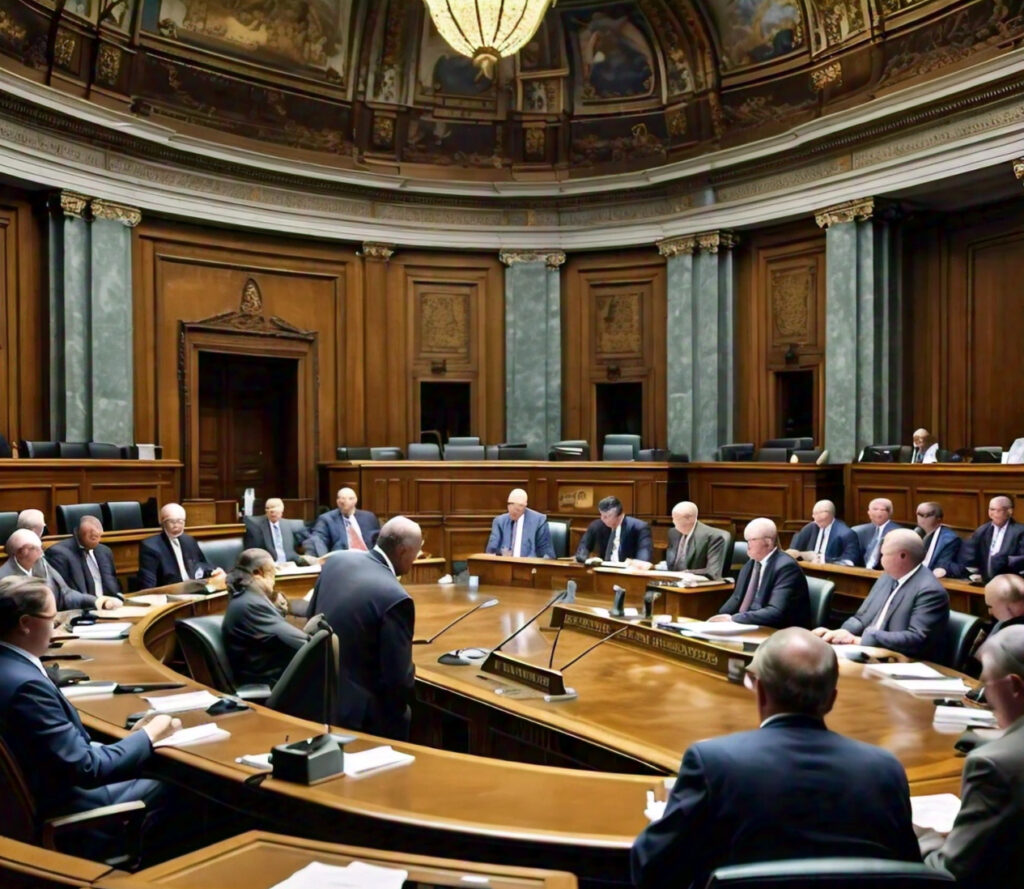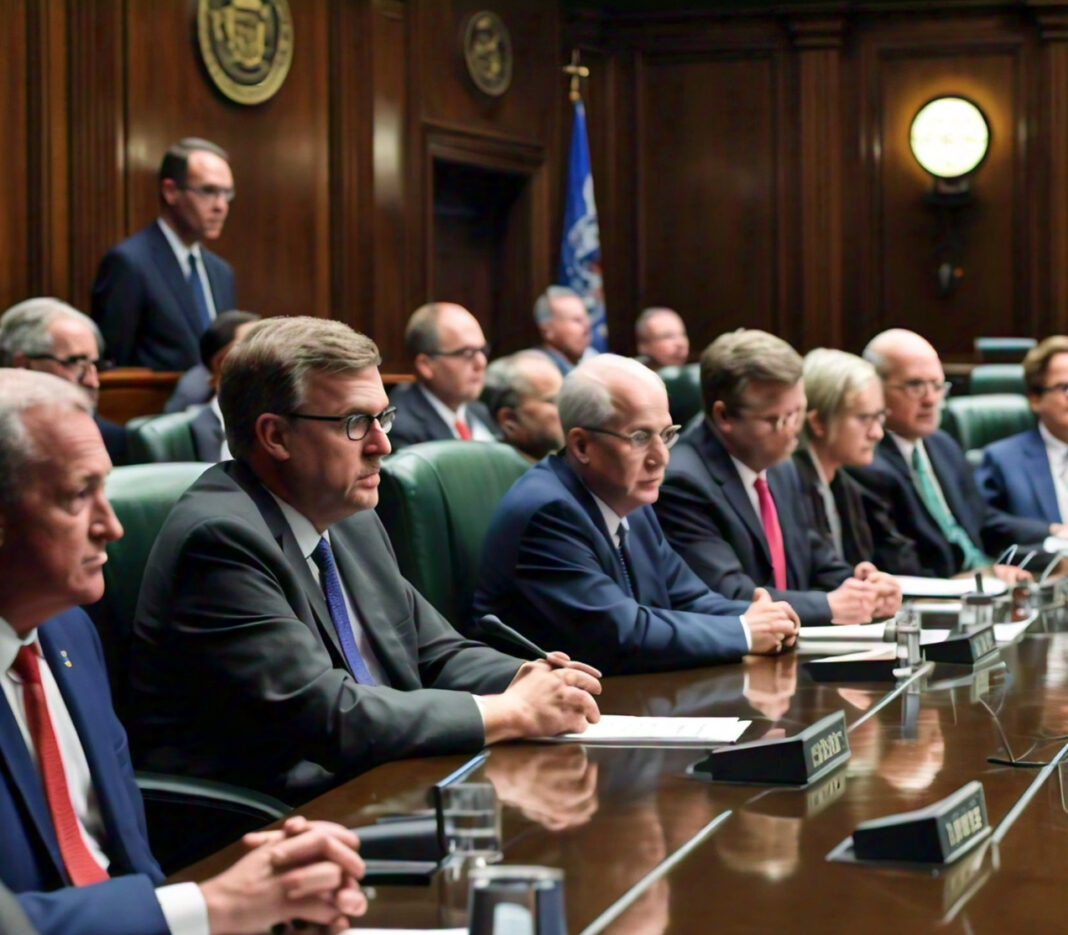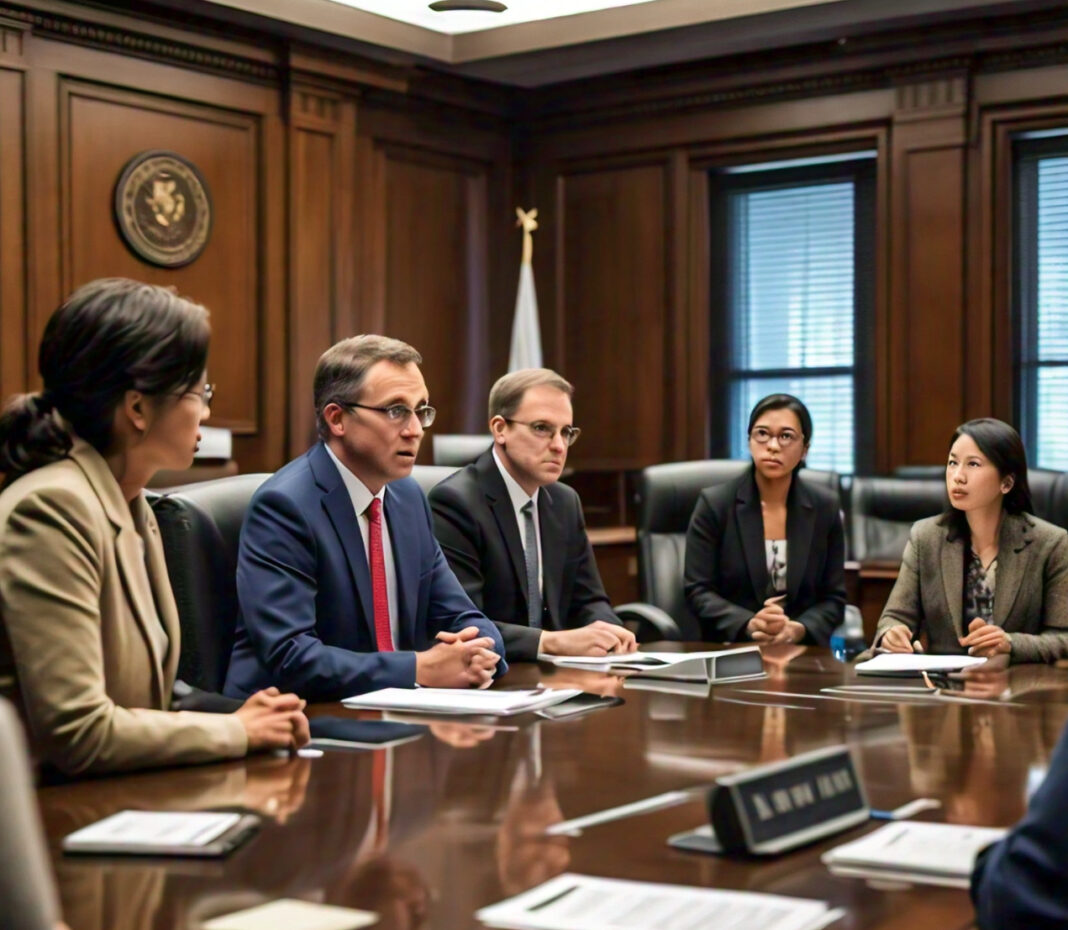Have you ever wondered how an idea from scratch would become law and affect millions? Well, this is indeed an interesting process forming the backbone of democratic governance. Herein, we are going to walk through the labyrinthine world of lawmaking by breaking down how the legislative process works in simple, easy-to-grasp steps. Whether you’re a curious citizen or a budding political scientist, this guide will help you make your way through the complex landscape of how laws are made.

The Birth of a Bill
Where Do Ideas Originate?
Inspiration for the laws may come from any number or a combination of the following places including, but not limited to:
- Constituents: Grassroots citizens who call their member to voice their concerns
- Interest Groups: groups that advocate change regarding a particular issue.
- Government Agencies: Departments that see a need for more regulations
- The Legislators: Many ideas begin with personal experiences and observations.
At other times, it may be current events or crises that bring about the need for new legislation. For instance, natural disasters could give way to laws on emergency preparedness, whereas financial scandals may lead to new regulations on banking.
- Consultation: In most instances, experts and stakeholders are consulted for input.
- Legal review: Lawyers go through the language of the bill to make sure it is exact and captures the intention of the law.
- Refining it involves several revisions of the draft to sort out possible issues.
This makes the document clear on the intent of the proposed law and how it shall be enforced.
Introduction to Congress
The Two-Chamber System
The United States Congress is divided into two chambers:
House of Representatives: 435 members, apportioned according to each state’s population.
Senate: 100 members, two per state regardless of its population.
This was a bicameral-two-chamber-system set up in order to balance the interests of larger and smaller states.
Committees: The Workhorses of Congress
Most of the detailed work in the crafting of legislation occurs within committees. These are small groups of legislators who specialize in areas such as agriculture, education, or foreign affairs. A committee serves several functions: It holds hearings in order to gather information and expert testimony; it debates and amends bills before they reach the full chamber; and it can effectively kill a bill simply by refusing to act on it.
The best way to understand how a bill navigates Congress is by understanding the committee system.
The Journey Begins: Introducing a Bill
Sponsorship and Co-sponsorship
Technically, any member of Congress may sponsor a bill. In an effort to illustrate Aligned support for a bill, many bills will have multiple co-sponsors. The number and variety of co-sponsors impacts the likelihood a bill will pass.
First Reading and Referral
Following introduction, the bill is numbered and then read on the chamber floor. This “first reading” is typically a formality. Next, the bill is sent to the committee that specializes in its subject matter.
Committee Action: Where the Nitty-Gritty Happens
Subcommittee Review
Major committees are sometimes divided into subcommittees. These smaller groups may:
- Hold hearings to take additional testimony
- Mark up the bill-that is, revise its language.
- Vote on whether or not to refer the bill to the full committee.
Many bills die at this point, never leaving the committee in which they were assigned, thus “dying in committee.”
Full Committee Consideration
If a bill passes subcommittee, then it is sent to the full committee where: - Additional hearings can be held.
- Amendments may be offered and voted on.
- Final vote; if passed the bill is reported to the full chamber.
Committees can also “table” a bill, which usually means it won’t see any more action.
Committee Report
If a committee votes to recommend a bill it issues a report detailing:
- What the bill does and what it would accomplish.
- Any amendments taken in committee.
- Why the committee believes the entire chamber should consider it.
That report becomes part of the official record on the bill and may influence how other members vote.
Floor Action: The Bill Goes Public
Scheduling for Debate
The majority leadership in each chamber determines when and whether a bill will be debated on the floor. In the House, the Rules Committee determines the terms of debate; in the Senate the process is more informal.
Floor Debate
On floor debate:
- Those in favour and against can speak to the bill.
- Amendments can be offered and voted.
- Debate time is often limited .
The Vote
After debate, the bill is brought to a vote. Most of the time, a simple majority wins the passage of the bill. Methods of voting may vary:
- Voice vote: Members shout “Aye” or “Nay.”
- Standing vote: Members stand to be counted.
- Recorded vote: Each member’s vote is recorded electronically or by roll call.
Crossing Over: From One Chamber to the Other
The Process Repeats
When a bill passes one chamber, it goes to the other chamber where in many ways the process starts all over again:
- It goes to committees.
- It gets debated and perhaps amended.
- Full chamber vote
Reconciling Differences
When a bill has passed the second chamber with changes, those must be reconciled. This can happen in one of two ways:
- The first chamber can simply accept the changes.
- A conference committee of members from both chambers may be created to reach a compromise version.
The Executive Branch: Presidential Action
Presidential Options
When each chamber has passed identical versions of a bill, the next step is to send it to the President, who has three options:
- Sign the bill into law
- Veto the bill and return it to Congress with objections.
- Takes no action for ten days; after ten days, the bill automatically becomes law without a signature, provided Congress doesn’t adjourn; if Congress adjourns, it is a “pocket veto”.
Overriding a Veto
If the President vetoes a bill, Congress can try to override the veto:
- Both chambers vote on the bill again.
- Each chamber must obtain a two-thirds majority in order to override.
- If the override is successful, the bill becomes a law despite the objections of the President.
Beyond Passage: Implementation and Oversight
Rulemaking
Passage of a law is often just the beginning. Most laws require federal agencies to create detailed regulations necessary for enforcement. This rulemaking involves the following:
- Drafting proposed rules
- Publishing them in the Federal Register and soliciting public comments
- Issuing and publishing final rules
Congressional Oversight
Congress does not pass laws and then ignore them. Congress is also supposed to oversee how laws are carried out:
- Committees can hold hearings to review agency actions.
- Congress can change funding to influence implementation.
- New legislation may be introduced to fix problems or update prior legislation.
The Role of the Judiciary
Constitutional Review
While acting independently of the process of legislation, itself, the judiciary plays an integral role in the interpretation of laws:
- The courts can determine whether a law is constitutional.
- They can interpret ambiguities in the wording of laws.
- The judgments of the Supreme Court may be a driving force for new legislation or an amendment to an existing one.
Conclusion
Legislation is a tortuous path that reflects the judicious balance of powers in a democratic system. From the spark of an idea to the intricate dance of committees, floor debates, and presidential decisions, each step plays a purpose in crafting laws that shape our society.
Understanding this process empowers citizens to more effectively engage with their government. Whether you are advocating for a cause, tracking a bill that is important to you, or simply trying to be a more informed voter, knowing how laws are made is crucial.
Also remember that the legislative process is designed to be deliberative and sometimes slow. This may be frustrating, but it also permits careful consideration and the input of many voices. In a diverse society, this thorough approach helps ensure that laws reflect broad-based consensus and stand the test of time.
Keep this overview in mind as you follow future legislative debates. You will appreciate how many steps and considerations are part of the creation of laws which guide our lives. The legislative process is complex, but this is a basic component in how we, as a society, come to terms with our challenges and choose how we want to shape our future.






